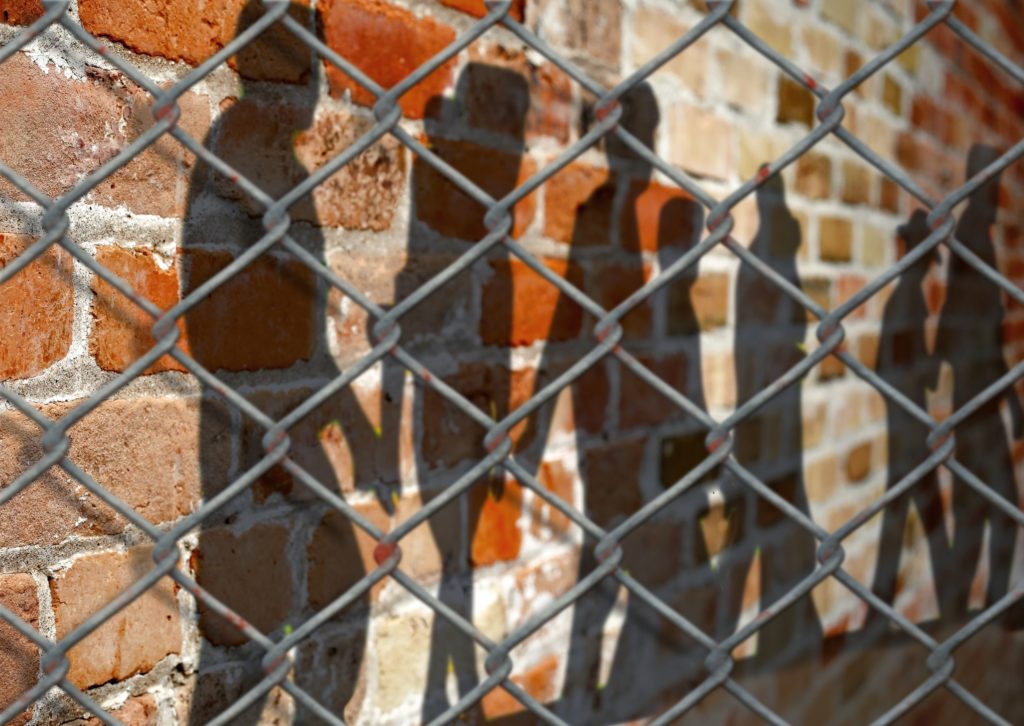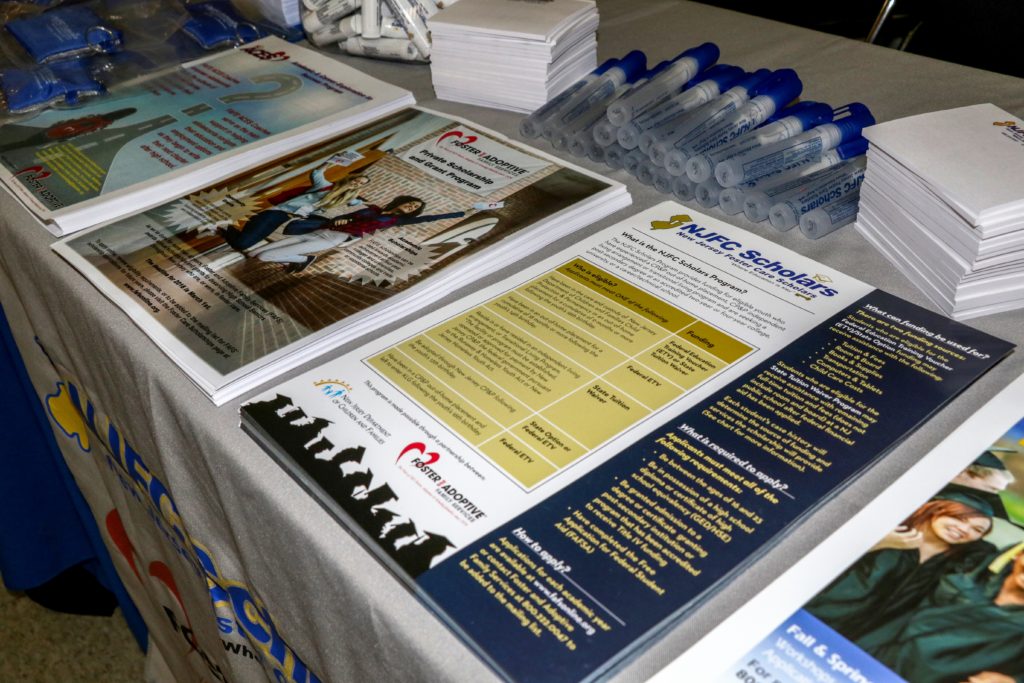A groundbreaking piece of legislation has passed through Congress and is seeing the beginning stages of implementation across the country. The Family First Prevention Services Act (FFPSA), originally designed as its own bill, has been passed into law attached to a government spending bill. The FFPSA has implications for all child welfare providers in the United States but finally brings the federal government in line with what child welfare studies have been saying for years: kinship care is the most effective form of foster care. The provisions of the FFPSA pave the way to move foster care away from a system that relies on people who are, effectively, strangers to the children being placed with them and bolsters states’ ability to support and grow kinship care communities. To do this, the bill will divest from congregate (group home) care and shift funds into what could be called the “Foster Care New Deal.” This legislation has two primary approaches – it will create prevention services and family supports to address the causes that lead to foster care placement while developing the infrastructure relative caregivers need to allow them to care for the children for whom prevention services were insufficient.
What Does the FFPSA Do?
The first approach, prevention services, has the goal of reducing the need for child welfare systems entirely. Through the establishment of mental health services, substance abuse treatment and prevention programs and in-home parenting skill programs, the FFPSA will help states work with biological parents to ensure that not only do their children get to experience bright futures but also that those children get to do so in their own home, with their biological family.






